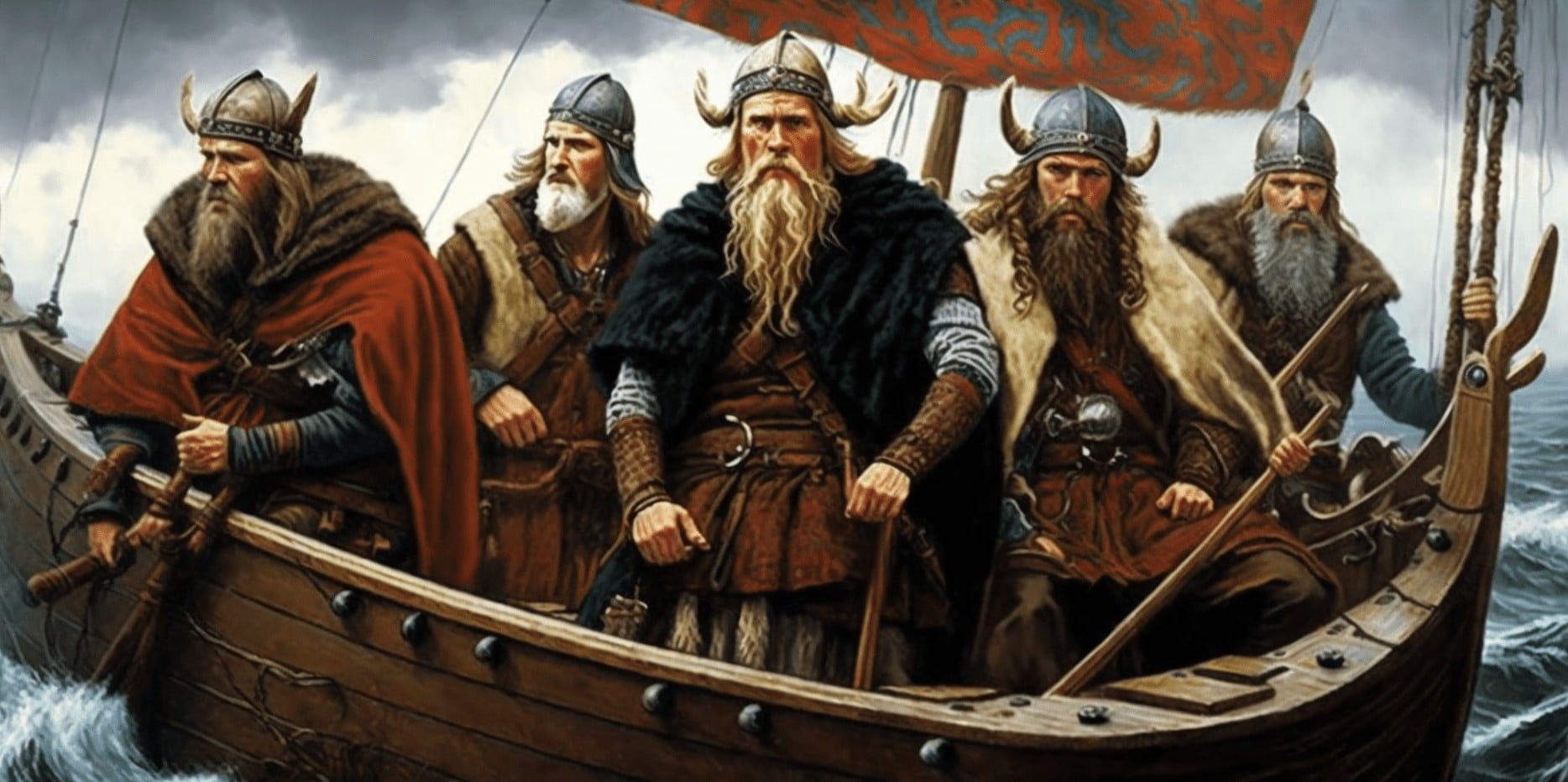
A Brief History of Norway
Norway's beginnings
People began settling in Norway very early - in 9000 BC, in fact. This was after the end of the first ice age, so it was now an inhabitable location. Settlers survived by hunting and fishing animals such as seal, deer, elk and whales. Farming didn't become prominent until 500 BC, which was known as the bronze age. This time period got its name from the various weapons and jewelry created.

The Viking era
The famous Vikings are a big part of Norway's history. The Viking Age was from 800 AD to 1050 AD, and during this time, the Vikings raided various places including Ireland, France, England and Scotland, traveling by extremely fast ocean-going ships they created. These people are known largely for being ruthless fighters, but this wasn't their only claim to fame. Their other talents included craftsmanship, trading and administrating. They actually made some beautiful jewelry that is still around to this day. All of these skills combined is what made them such great warriors.
The Vikings ended up founding a few different cities, including Normandy and Dublin. However, the Viking Age ended when Harald Hardrada unsuccessfully attempted to conquer England in 1066.
If you're interested in learning more about the Vikings and their culture, it's recommended that you pay a visit to the Lofotr Viking Museum. This attraction is known as the largest Viking longhouse ever found. Many people love this museum because it was recreated very accurately, and includes a mead hall and authentic decorations. When you visit this attraction, you can enjoy a feast made up of wild boar, fish, locally raised lamb and mead - a beverage made from honey and herbs.
Stave churches
When you travel through Norway, you may have a chance to see some of this country's stave churches, which are an integral piece of Norway's architectural heritage. These churches were built during the Middle Ages and are made of wood, rather than the traditional stone churches that were being built throughout other parts of Europe. The woodwork was, and still is, extremely intricate and richly decorated with animal motifs such as doves, dragons, centaurs and elk.
The oldest known stave church in Norway is the Urnes Stave Church, near Sognefjord. It was built back in 1150 and was said to be the church of a powerful high-born family. This certainly isn't the only stave church that you can admire on your historical journey through Norway. Other cities including Oye, Hore, Lomen, Urnes and Rodal are home to these architectural wonders.
Norway's independence
Norway didn't achieve full independence until 1905 when Haakon VII was crowned the King of Norway. Before then, the country was a dependency under Denmark until 1814, then it entered into a new union with Sweden. Not shortly after Norway's official independence, women were given the right to vote in local elections in 1907, then in national elections in 1913.





